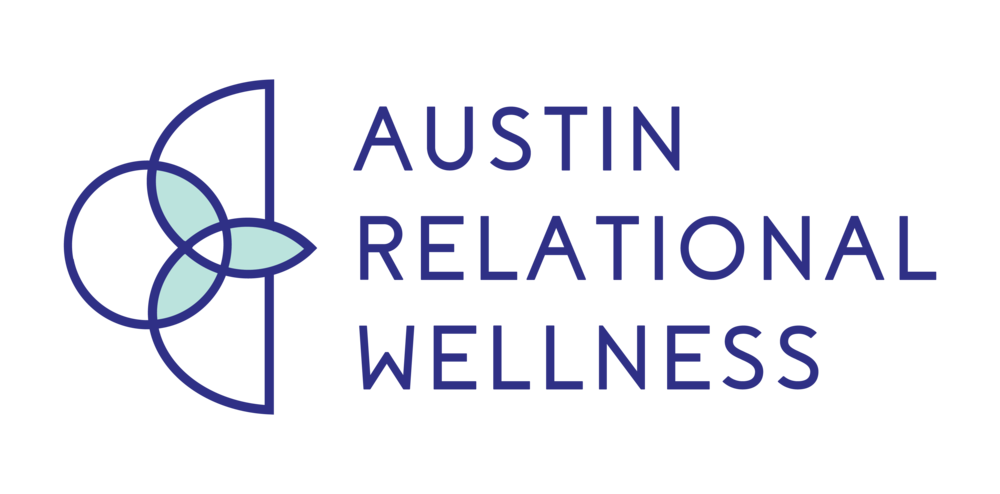In the book The Seven Principles of Making Marriage Work, by Dr. John Gottman and Nan Silver, the authors discuss Dr. Gottman’s "Four Horsemen of the Apocalypse". The Four Horsemen of the Apocalypse are communication patterns that, if present, can indicate significant relational distress and can even be a strong indicator to predict a breakup or divorce. If any of these patterns show up during interactions with your partner, pay attention and take action. Learn to identify, understand, and fix these dynamics so that you can improve your relationship or marriage (and even save it!).
What are The Four Horsemen of the Apocalypse?
Criticism
Criticism represents a destructive communication style where one partner attacks the other's character or personality, rather than addressing a specific behavior or situation. Instead of addressing the specific behavior, one partner generalizes the other’s faults or blames the other partner.
Contempt
Contempt shows up when one partner expresses an attitude of superiority and disrespect towards the other partner, which is often seen through sarcasm or name-calling. This can include physical eye-rolling or making comments that belittle the other partner's opinions.
Defensiveness
Defensiveness is expressed when one partner neglects to accept responsibility and fails to try to understand their partner's perspective. Usually, defensive individuals tend to immediately counterattack or deflect blame.
Stonewalling
Stonewalling occurs when one partner refuses to engage with the other or emotionally shuts down due to feeling generally overwhelmed or flooded with specific emotions. This response can include acts such as avoiding eye contact or physically leaving the room.
Sometimes, it’s hard to acknowledge that you and your partner are struggling to communicate effectively. Learning about Dr. Gottman’s concepts (such as the Four Horsemen of the Apocalypse) can be helpful when you are feeling stuck and wondering how to improve interactions with your partner. By recognizing and addressing these destructive communication patterns, you can start to improve some of your negative communication habits. If efforts are not made to improve or change these patterns, your relationship or marriage may continue to suffer and, in time, become less and less beneficial to you or your partner.
So how can you identify these issues and make changes? In the next four parts of this blog series, we’ll look at each of these patterns, examine specific scenarios to illustrate each concept, and discuss how to improve or change each type of dysfunctional cycle.
Article by Lindsay Poth, MA, LMFT Associate
Offering Marriage Counseling in Austin, Individual Counseling for Women, & Individual Counseling for Men



















































